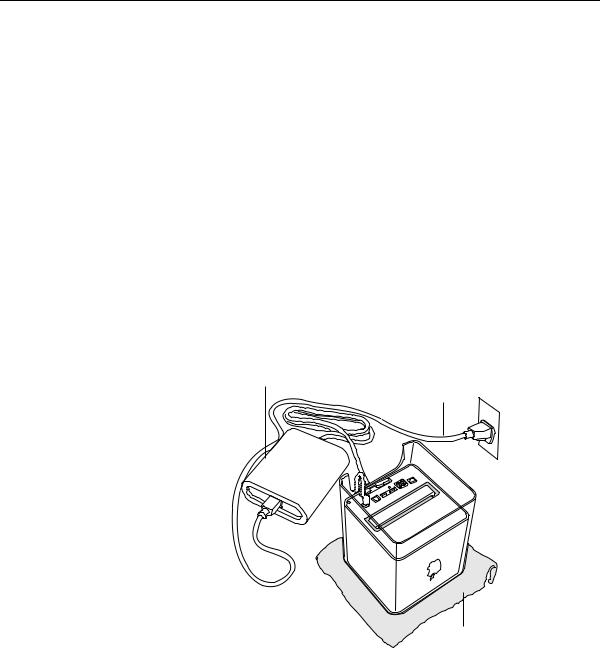Apple 073-0545 User Manual

K Power Mac G4 Cube
Computer Enclosure
Replacement Instructions
Be sure to follow the instructions in this sheet carefully. Failure to follow these instructions could result in damage to your equipment and may void your warranty.
Replacing your computer enclosure requires three basic steps:
•Turn off the computer.
•Remove the computer core from the enclosure.
•Replace the computer core in the new enclosure.
Note: A video version of the replacement instructions is available at http://www.info.apple.com/installparts
Tools Required
No tools are required for this procedure.
Electrostatic Discharge (ESD)
Static electricity, a normal and natural phenomenon, builds up on your body as you walk around.You experience an electrostatic discharge (ESD) when you touch an object and feel a spark. ESD can cause damage to the internal components of your computer.
073-0545

Removing the Computer Core From the Enclosure
Warning: Always turn off your computer before opening it to avoid damaging its internal components.
1Place your computer on a clean, flat surface.
2Shut down your computer by opening the Special menu and choosing Shut Down. Then wait five minutes for the computer’s internal components to cool down.
3Unplug all cables from the computer except the power cord.
Note: If you have never plugged in your computer, connect the computer’s power cord and plug it in.
4Turn your computer upside down on a soft, clean cloth.
5Touch the bare metal at the port access covers on the back of the computer.
Power Adapter
Power Cord
Soft Clean Cloth
Important: To avoid electrostatic discharge, always ground yourself by touching the port access covers before you touch any parts or install any components inside the computer. To avoid static electricity building back up in your body, do not walk around the room until you have completed the installation and closed the computer.
6 Unplug the power cord.
2 - Power Mac G4 Cube Computer Enclosure
